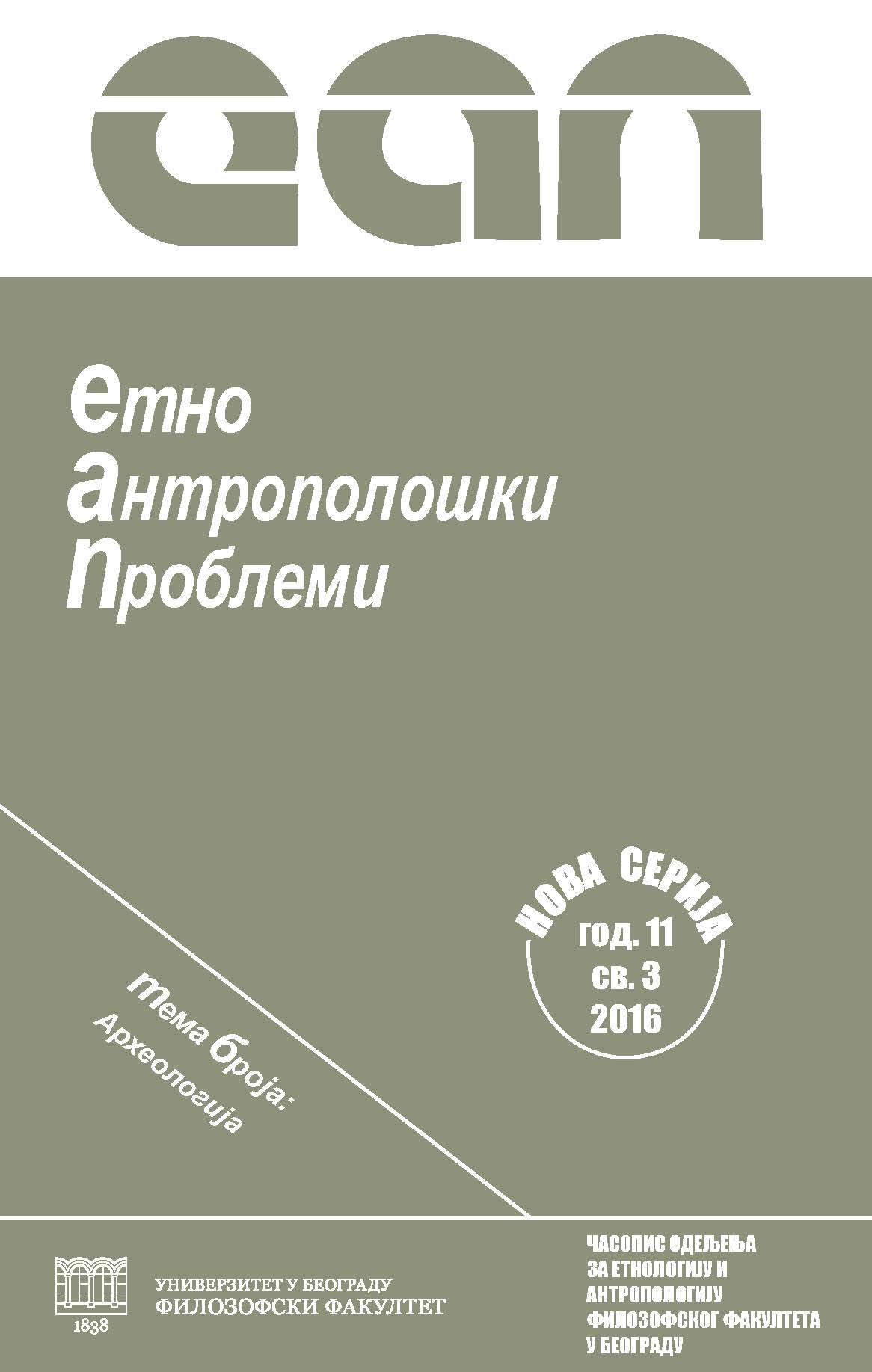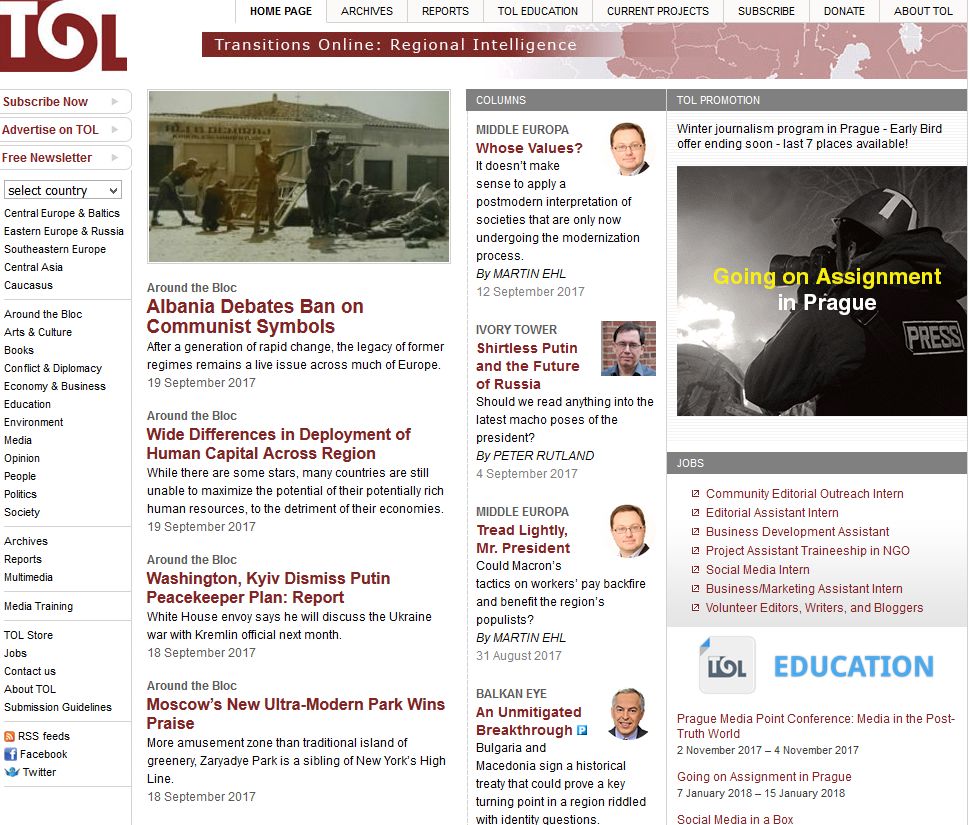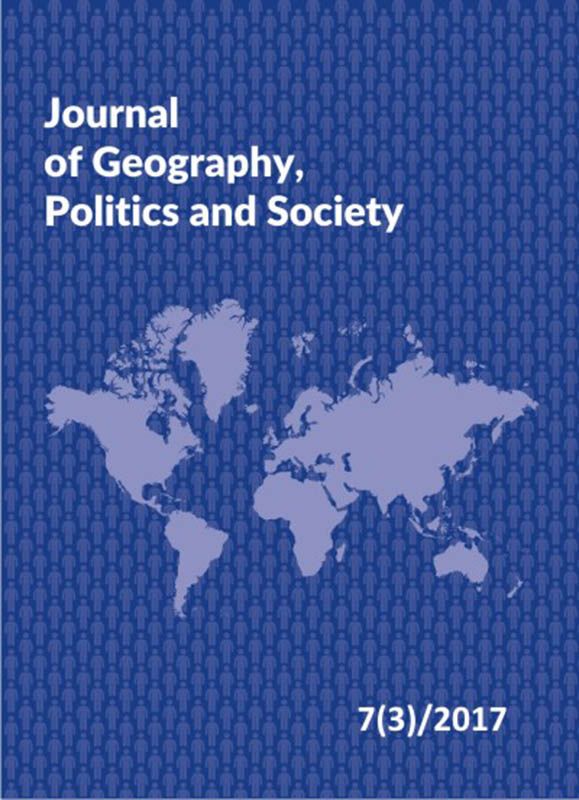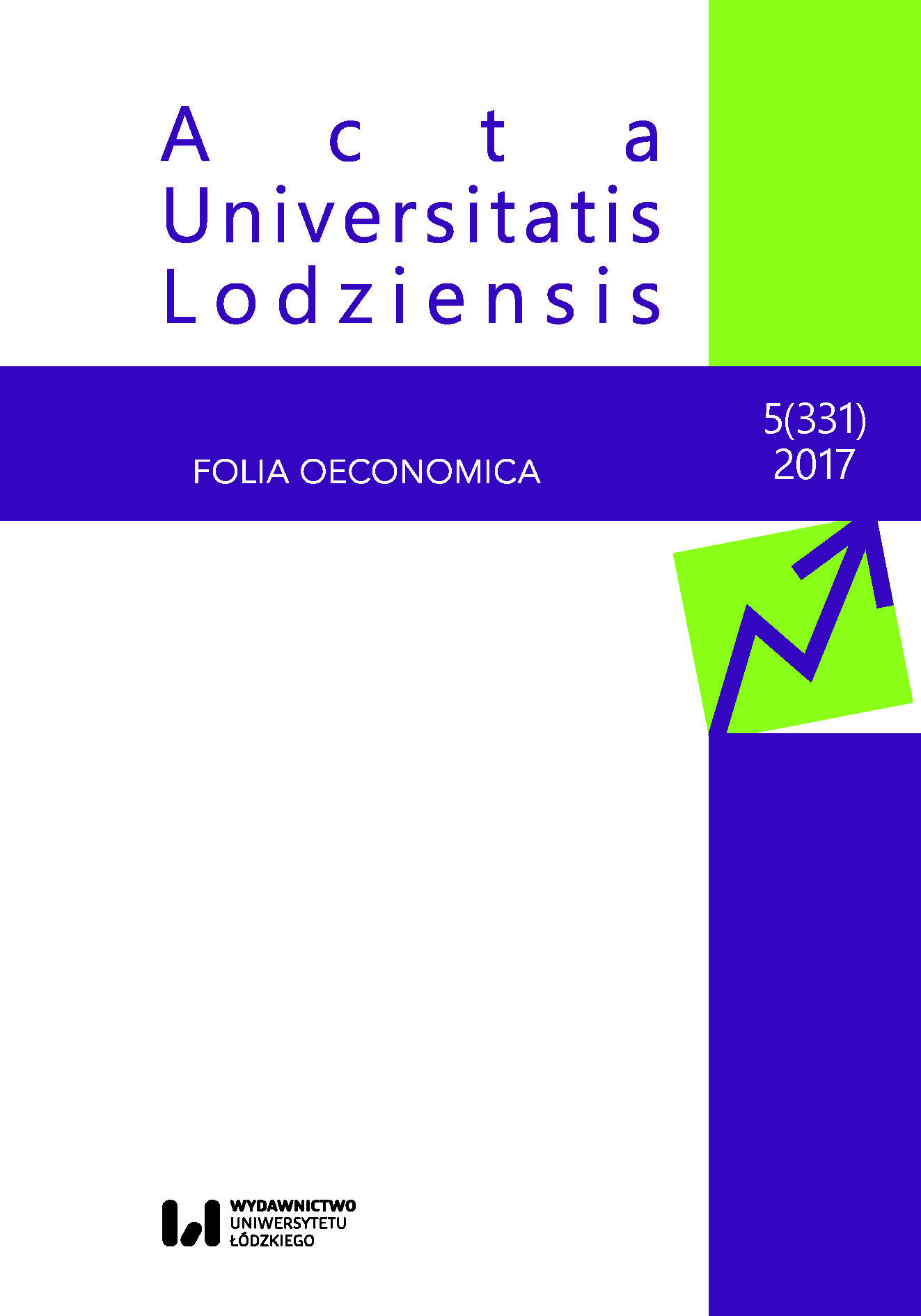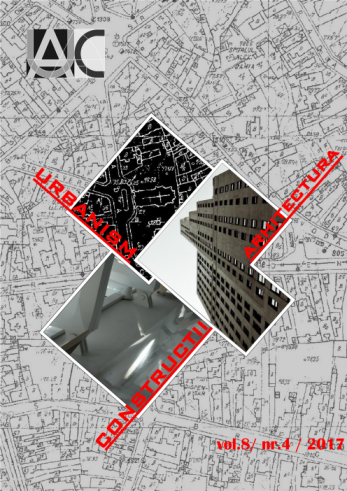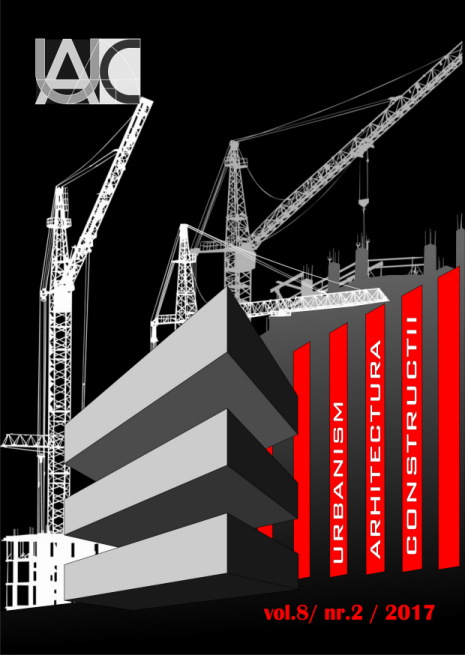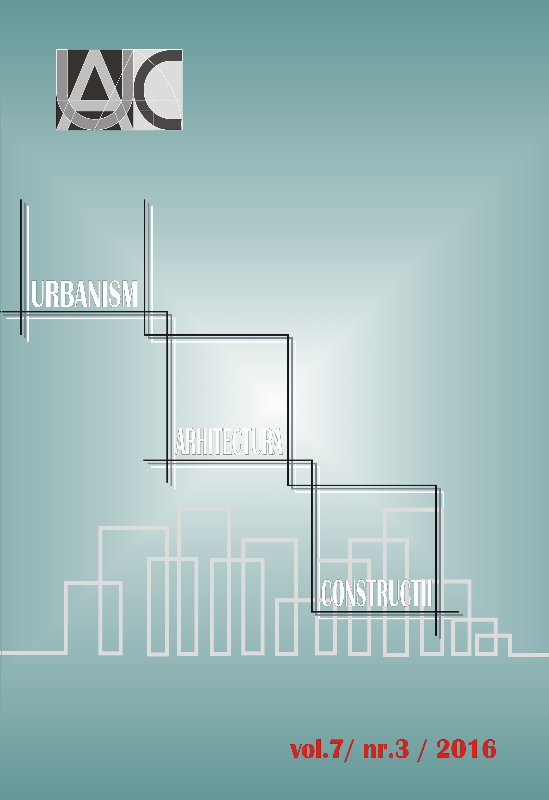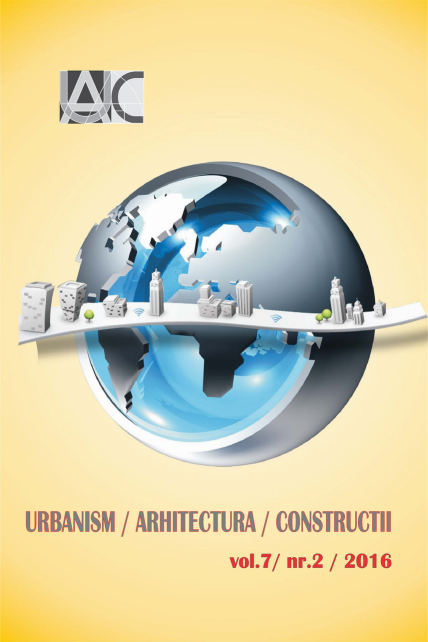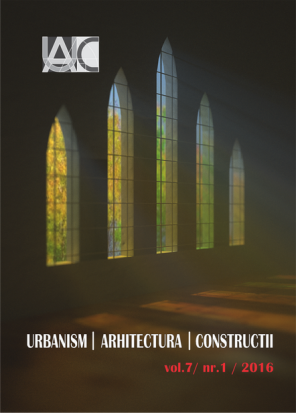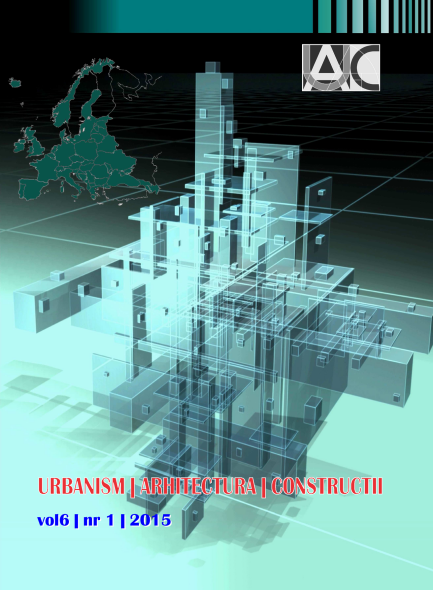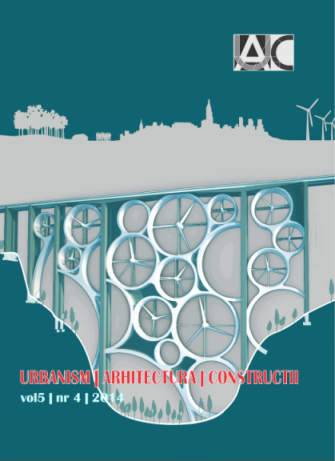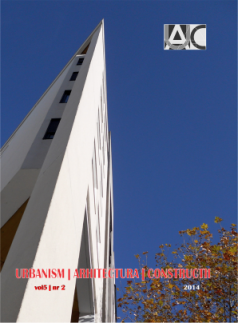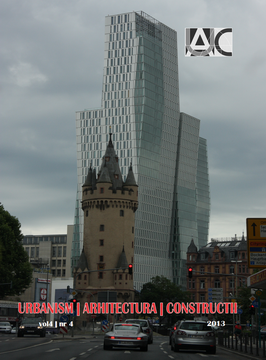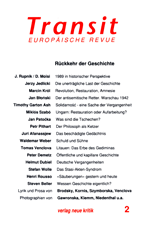
Was sind die Tschechen?
Die Tschechen sind ein kleines Volk in MitteleuroEa, das ein geschlossenes, ehemals sehr schwer zugängliches Gebiet (Böhmen, Cechy) und ein daran angrenzendes offenes Durchgangsland (Mähren, Morava) bewohnt. Es gibt Zeiten, in denen Europa von den Tschechen gar nicht oder kaum Notiz nimmt, andere, in denen dramatische Spannungen sie plötzlich zum Gesprächsthema werden lassen, um ebenso schnell wieder vergessen zu werden. Das etwa zehn Millionen Menschen zählende Volk spricht eine schwer erlernbare westslawische Sprache. Es hat vom übrigen Europa geistig viel übernommen, aber schon wegen der Sprachbarriere kann es nur wenig zurückgeben. Die Namen einiger Tschechen aus der Politik, der Musik und dem Sport sind - zeitweilig - populär gewesen, aus der Literatur ist kaum mehr als die Figur des »braven Soldaten Schwejk« bekannt geworden. Sonst ist von diesem Volk, das nach dem Ersten Weltkrieg unter den europäischen Kleinstaaten ein nicht unbedeutender Faktor war, nur wenig bekannt: Es ist trivial und uninteressant, oder scheint es zu sein.
More...
